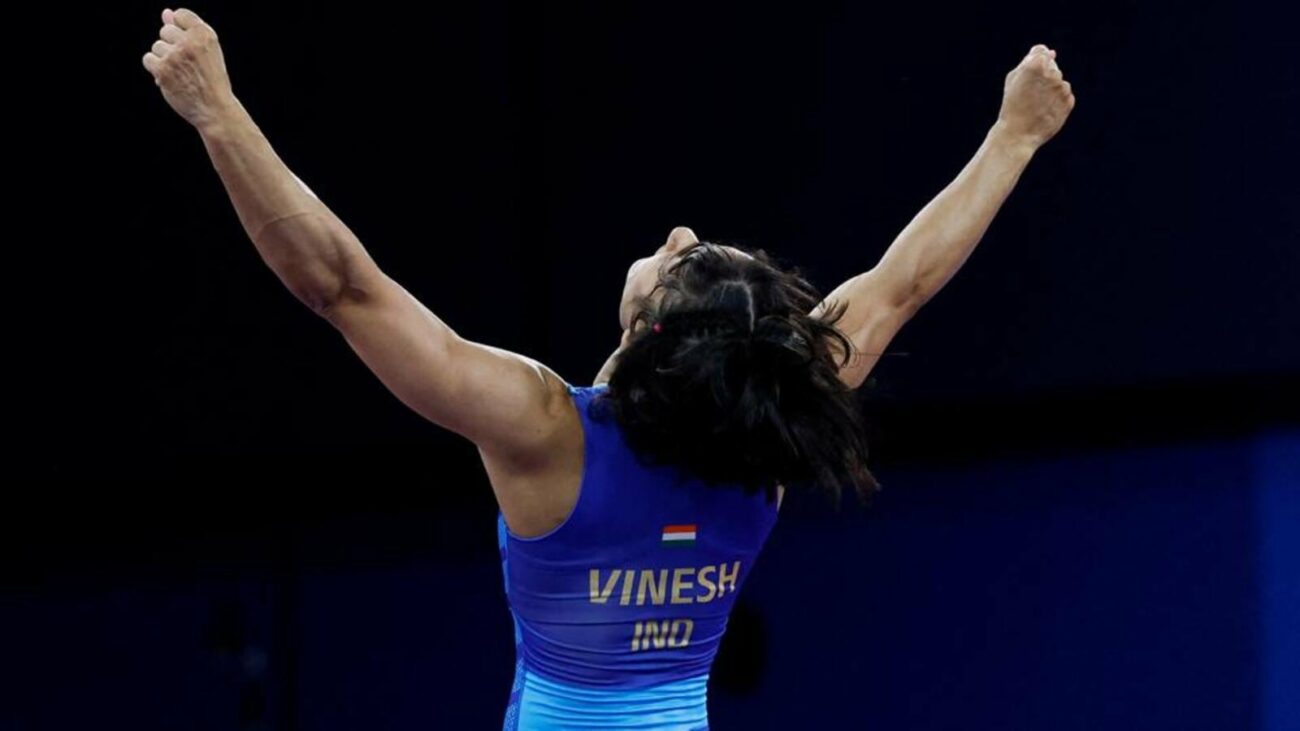Weight Management in Wrestling: A Delicate Balance Between Energy and Weight
Weight Management in Wrestling: A Delicate Balance
In the world of wrestling, athletes must navigate a precarious path between maintaining their weight below a specific threshold and preserving the energy necessary for competition. This delicate balance was highlighted in the recent disqualification of Indian wrestler Vinesh Phogat from the Paris Games.
The Weight Cut Process
Prior to weigh-ins, wrestlers undergo a calculated “weight cut” to fit into their preferred weight category. This involves shedding excess weight through a combination of methods, including:
* Hydration Management: Athletes reduce fluid intake to minimize water weight.
* Sauna Use: Spending time in a sauna induces sweating, leading to temporary weight loss.
* Aerobic Activity: Exercise increases sweating and fluid loss.
* Starvation: Limiting food intake can also contribute to weight loss.
Replenishment and Recovery
After weigh-ins, wrestlers replenish fluids and nutrients to prevent dehydration and restore energy levels. However, excessive replenishment can lead to weight gain.
Muscle Mass Preservation
While wrestlers aim to shed fat and fluid, they must also preserve muscle mass, which is crucial for performance. Concurrent strength training can help prevent muscle loss.
Individual Factors
The optimal weight category and weight management strategies vary based on individual factors such as age, body measurements, and training regimen. As athletes age, maintaining a lower weight category becomes more challenging.
Consequences of Excessive Weight Loss
Rapid weight loss can have adverse effects, including:
* Dehydration
* Electrolyte imbalance
* Reduced muscle mass
* Delayed recovery
* Diminished physical performance
Phogat’s Case
In Phogat’s case, a combination of factors contributed to her disqualification. She competed in a weight category below her natural weight, underwent an excessive weight cut, and failed to replenish adequately after weigh-ins.
Conclusion
Weight management in wrestling is a complex and demanding process that requires careful planning and supervision by sports science specialists. Athletes must strike a delicate balance between shedding excess weight and preserving the energy and muscle mass necessary for optimal performance.

